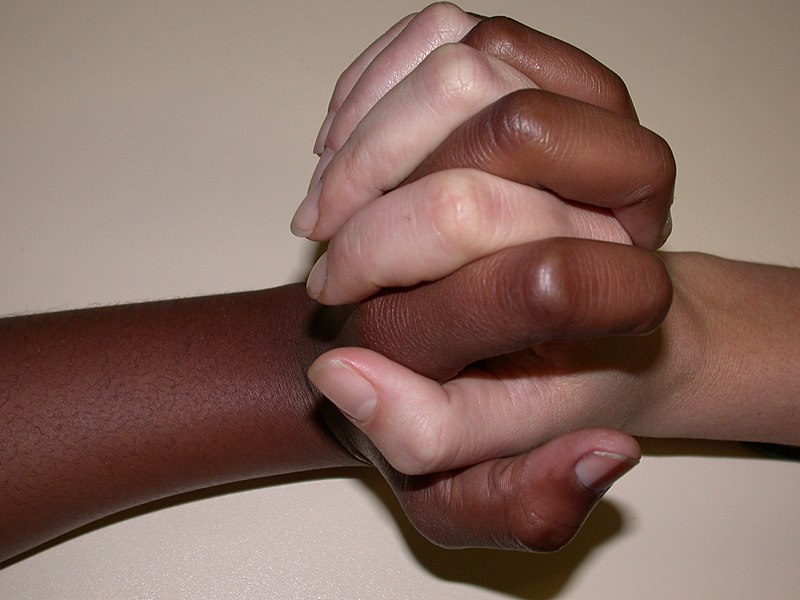Hello, everyone! This is S. L.
Saboviec, and I’m pleased to be a guest today on Operation Awesome. I’m author of the
Adult Paranormal novel Guarding Angel, and I’m here to talk
a bit about my writing process.
When I first started writing, I knew
very little about it. (I know, shocker!) I tried different things to flesh out
my characters—character questionnaires, interviews, analyzing their
personalities, taking online quizzes—but only when I evolved a character
development method did I started to become comfortable. In addition to
analyzing their personality traits, I examined their relationships with one
another.
Let me explain.
Character
Growth: Not Just For Characters
The books we most engage with are
ones where characters grow as they overcome challenges. But the characters
themselves don’t just grow—their relationships with everyone around them grow.
Maybe they meet someone new and fall in love. Maybe they love someone but end
up divorced. Maybe they have a strained relationship with their child and mend
it, or have a great one and ruin it. These relationship changes are what make
up good stories.
(I’m not saying you can’t have a
character grow without other characters, but it’s much more interesting to see
your character grow against their relationships.)
Not only that, but these growing
relationships are the stuff of delicious sub-plots: the man who launches a
friend’s rescue saves the world from evil aliens (Chronicles of Riddick) or the mother who struggles with her son’s
heinous crime comes to terms with who she is as a person (We Need To Talk About Kevin). Chuck Wendig states it even stronger
than I have: Character
relationships are what makes your plot, not just your sub-plots.
How
to Make Your Character Relationships Grow
When getting ready to write a first
draft, I have a spreadsheet I call my “Book Map.” Yeah, I’m a plotter… But
don’t run away if you’re not! Besides my plot outline, which is totally
optional in this method, I keep detailed character information that I refer
back to as I write.
In particular, I have a matrix of relationships.
Along the top and the bottom, I have each character’s name. Where each
character meets, I write about how their relationship grows:
·
How
Character A sees Character B in the beginning of the novel
·
How
Character A sees Character B at the end of the novel
·
Notes
about their growth arc
An example of this would be one I
would have done between Enael and Kaspen for Guarding Angel:
·
At
the beginning, Enael sees Kaspen as: mysterious, intriguing, and more committed
to his Wards’ development than any other Guardian she’s met.
·
At
the end, Enael sees Kaspen as: worth fighting for, her soul mate, and strong
for having struggled through so many hardships.
·
Growth
arc: When Kaspen makes a poor decision because he wants to protect humans, Enael
fights for him. (I’m being vague here so I don’t spoiler anything—in case you
decide you’d like to read my novel—but when plotting, I would point to specific
actions she takes and how it connects to my overall plot.)
I would do a similar one for how
Kaspen sees Enael, which would explain why he
falls in love with her. And so on,
throughout all the major characters. One of my current works-in-progress has twelve
major characters, so that’s 12 x 12 = 144 character opinions of other
characters to consider. It was a time-consuming exercise, but I usually don’t
do every single one, since not all the characters meet or have strong opinions about
one another.
And it’s useful in more than one way:
·
It
highlights possible sub-plots.
·
It
allows me time inside the head of each character, which allows me to understand
each one’s motivations more.
·
It
highlights redundant or one-dimensional characters.
Hopefully this insight into a small
part of my writing process has been useful. For me, the “hair color / eye color
/ mannerisms” character sheet lists don’t cut it. I need to get into my
characters’ heads and really understand what they think of each other.
Hopefully I gave you some things to think about and perhaps even strengthen
your next revision.
About
Me:
I’m a self-published author whose
dark, thought-provoking science fiction & fantasy contains flawed,
relatable characters and themes that challenge the status quo. Guarding Angel is on sale for $0.99 right
now. You can find it at several major eBook retailers and on Amazon in
paperback. The sequel, Reaping Angel, will be released in
early 2016.
You can also follow me on social
media, check out the other stops on this blog tour, or if you like my work,
sign up for my newsletter:

















